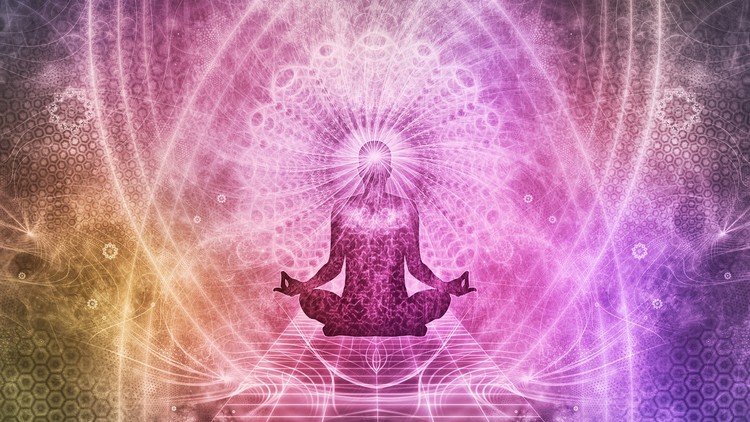
by admin | May 4, 2019 | Blog
Essence of yoga The history of Yoga dates back to time immemorial, and includes a huge body of scriptures. That scriptures navigate the human experience and how we may train the mind through the body, thereby achieving the union of “Yog” with the all that is. So what...

by admin | Feb 13, 2019 | Blog
What is the Difference between Vinyasa Flow and Ashtanga Vinyasa yoga? When we talk about yoga, the term goes beyond only physical exercise as it is known in western countries. There are different branches that support and rich the whole discipline to eventually...




